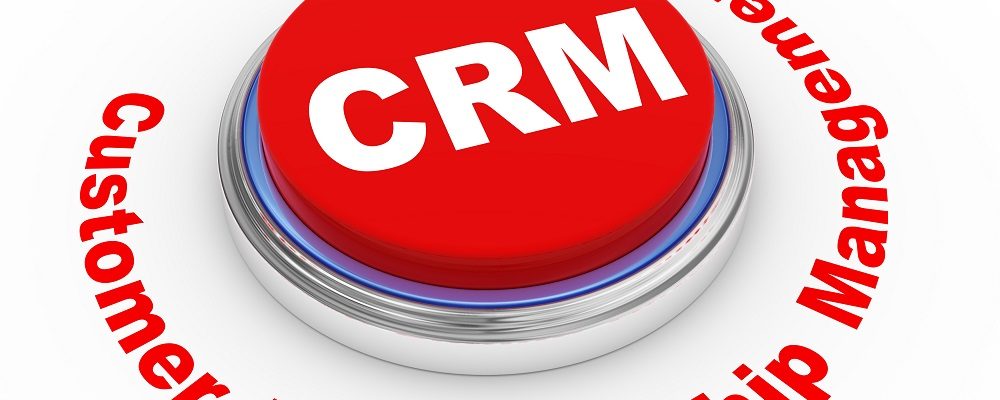A new ‘super-complaint’ from Citizens Advice [1] has urged the Competition and Markets Authority to take action against large companies that abuse something that so many firms fight hard to secure: customer loyalty. In particular, the complaint takes aim at the billing practices of utilities and telecoms firms, who provide services vital to day-to-day living.
In a 28 September statement, [2] Citizens Advice notes: “The practice of overcharging loyal customers is widespread and … loyal consumers are being ripped off.” Indeed, it points out:
- British consumers lose £4.1 billion a year to the ‘loyalty penalty’, defined as the difference between what new and loyal customers pay for the same services;
- That penalty amounts to, on average, £877 per year: equal to 3% of the average household’s total, annual expenditure, and
- 80% of people are paying a significantly higher price for remaining with their existing suppliers.
Citizens Advice chief executive Gillian Guy said: “It’s completely unacceptable that consumers are still being ripped off for being loyal to companies they rely on every single day. Regulators and government have recognised the loyalty penalty as a problem for a long time – yet the lack of any meaningful progress makes this super-complaint inevitable. The government’s price cap in the energy market will protect some loyal customers. However, there’s still a long way to go in other sectors.”
She added: “The loyalty penalty is clearly unfair – 89% of people think it is wrong. The CMA needs to act now to stop people being exploited. It beggars belief that companies in regulated markets can get away with routinely punishing their customers simply for being loyal. As a result of this super-complaint, the CMA should come up with concrete measures to end this systematic scam.”
What is driving these loyalty-abusing practices among suppliers?
Institute of Leadership & Management head of research, policy and standards Kate Cooper says: “Organisations are frequently mesmerised by the mystique and charisma of the new customer. As a result, they put disproportionate energy and effort into winning over new converts when, in actual fact, looking after their existing customers may make more business sense. Indeed, if you really examine an organisation’s value chain – and all the stakeholders that are ranged along it – it’s often the case that loyal customers are charged to reward other parties, so they essentially play a subsidising role. Those rewards could be in the form of, say, shareholder dividends or discounts for new customers.”
Cooper notes: “there is certainly unfairness in this. However, it could be the case that, in some circumstances, it is worth customers paying a premium to stay with their existing providers – particularly when we consider that there is often an opportunity cost involved in looking around for new ones to switch to. If that is the case, then it is up to leaders of those organisations to create a compelling – and truthful – narrative around why that premium should exist. Is there added value in the offering that customers can realise through their loyalty? If the explanation is unconvincing, that will be reflected in customer behaviour.”
For further thoughts one customer relationship management, check out these learning resources from the Institute

